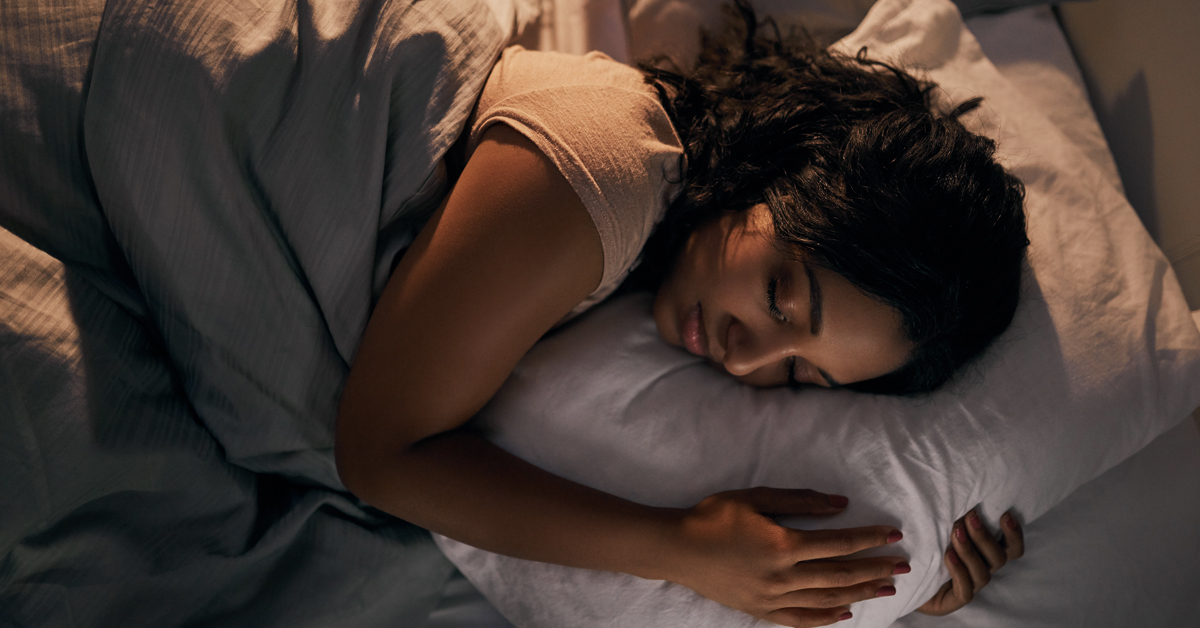So, when is spring forward? What is it? And how do you prepare?
While being robbed of an hour’s time may seem like a pesky inconvenience, it’s much more than that. By upsetting the body’s internal clock, there can be several negative effects of daylight saving time on the body.
When is spring forward?
“Spring forward” is a term that marks the start of daylight saving time. It begins on the second Sunday in March each year. On that day, we will “lose” one hour at 2 a.m. as our clocks “spring forward” and daylight saving time begins.
“Most people don’t properly prepare for the change,” Nicole McIntyre, DO, a sleep medicine specialist at Bon Secours Pulmonary Specialists, explains. “As a result, the change induces more sleep deprivation on a society that already suffers from chronic insufficient sleep. So instead of taking advantage of the benefits, we’re left feeling fatigued, unable to concentrate and being less productive overall.”
Some concerning effects of lack of sleep include increased workplace and road accidents because of cognitive impairment.
Fortunately, there are things you can do now to counter the sleep effects of the spring forward time change.
Plan ahead
Don’t find yourself asking, “When is spring forward?” too late each year. For a world that’s already sleep-deprived, it can be tough to lose an additional hour of sleep during the night. One of the best ways to deal with daylight saving time-related sleep problems is to plan ahead.
Gradually adjust your sleep and wake times by shifting your bedtime 15 to 20 minutes earlier each night for a few nights before the spring time change. To guide your brain into an earlier bedtime, dim the lights, take a warm bath and put on your pajamas about 45 minutes earlier than normal. These activities alert your brain to begin releasing melatonin, a hormone made by the pineal gland that helps you fall asleep and stay asleep.
Be sure to get at least seven hours of sleep each night before and after the time change. Also, set your clock ahead one hour before you go to bed and get to sleep at your regular time.
Wake up earlier
In addition to going to sleep earlier, you’ll want to wake up earlier, too. When you move up your bedtime, make sure you also adjust your alarm clock by setting it 15 to 30 minutes earlier than normal to help minimize the effects of the time change.
Adjust your daily routines
Adjust your bedtime and wake-up time, as well as the time of important daily activities. These could be activities such as meal times or your workout schedule. Daily routines are “time cues” for our bodies. By adjusting their time, we can hopefully assist our sleep schedules.
Make the most of natural light
Just as dimming the lights prepares you for bedtime, sunlight helps get you out of bed in the morning. For a few days before daylight saving time starts, leave your bedroom blinds or curtains open as you fall asleep at night. In the morning, the natural sunlight will signal to your brain that it’s time to wake up and get on with your day.
Also, head outdoors for early morning sunlight the week after the time change. The bright light will continue to help set your internal clock to the new time, which then helps regulate sleep and alertness.
Practice good sleep habits all year long
If you already have good sleep habits, you’ll have a much easier transition during daylight saving time when you spring forward and fall back.
To get good sleep all year long, take advantage of these strategies:
- Avoid alcohol at least two hours before bedtime.
- Avoid working out at least two hours before bedtime.
- Consider making your bedroom a sleep-only zone.
- Don’t drink caffeinated beverages after lunchtime.
- Invest in a comfortable and supportive mattress.
- Keep your nightly bedtime routine consistent.
- Make use of sleep aids like masks, earplugs or relaxing sound machines.
- Set your thermostat between 64 and 68 degrees Fahrenheit.
- Try to go to bed and wake up at the same time every day.
- Turn off your TV and put away your tablet or cellphone at least 30 minutes before getting into bed.
- Use a nightlight for middle-of-the-night bathroom visits.
Consider the positive effects of daylight saving time and spring forward
Another way to counter the negative effects of springing forward for daylight saving time is to look at the bright side. Daylight saving time comes with some benefits, too. If you enjoy outdoor exercise after work or evening entertaining, you’ll now have several hours of daylight before the sun goes down.
“And if you’re still struggling to get enough sleep a few weeks past the time change or feel like a lack of sleep is disrupting your daily routine despite maintaining good sleep habits, it may be time to be evaluated further by a health care provider,” Dr. McIntyre adds.
Learn about the sleep medicine services we provide at Bon Secours.





